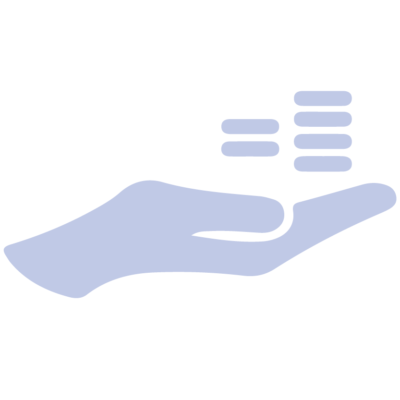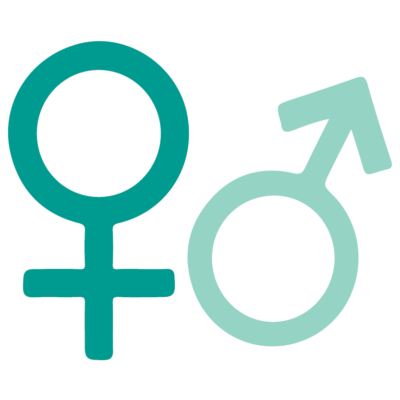Better Outcomes for Children and Youth in Eastern and Northern Uganda
Building Resilience and National Systems to prevent and Respond to Violence against children and HIV in Uganda.
Building Resilience and National Systems to prevent and Respond to Violence against children and HIV in Uganda.
PEPFAR/USAID
23 DISTRICTS IN EASTERN AND NORTHERN UGANDA
2015 - 2021
Implemented across 23 districts, Better Outcomes for Children and Youth in Eastern and Northern Uganda (BOCY) bettered the lives of more than 135,000 highly vulnerable HIV-infected and -affected children and their families.
In alignment with UNICEF’s INSPIRE framework, BOCY strengthened the agency and capacity of individuals and institutions to reduce the threat and impact of HIV and violence against children. The project’s family-centered service models helped vulnerable children and their caregivers prevent and respond to the risks and realities of violence and HIV while moving them along a path toward economic and social stability. Collaborative capacity development supported partner civil society organizations (CSOs) and local government to coordinate child protection, health, and education services within an integrated referral network and case management system. And a team of 1,850 para-social workers trained by the project in HIV-sensitive case management delivered the services.
Through complementary DREAMS program activities, Bantwana also built the agency and assets of adolescent girls and young women (AGYW)– helping them stay in school and act as change agents in addressing negative gender and power dynamics, early marriage, teen pregnancy, HIV infection, and gender-based violence.
WEI/Bantwana is proud to have worked with a core group of five local partners (AVSI, SOS, mothers2mothers, AIC, and MUCOBADI) as well as with government and private sector entities in implementing BOCY.


Built GBV/HIV prevention skills of 53,000 adolescents who have led or participated in campaigns to improve safety in schools, communities, and families


